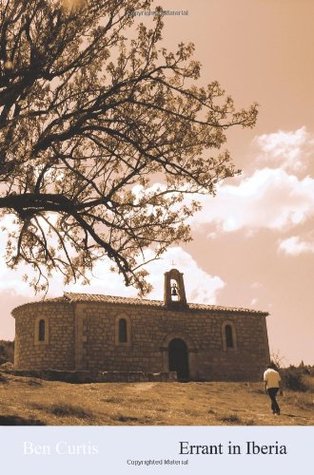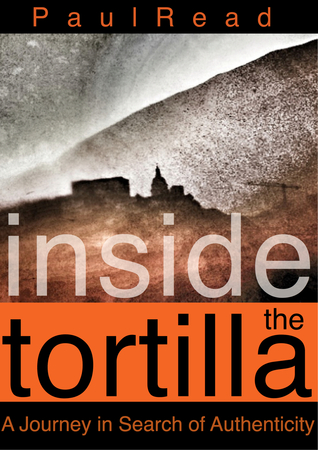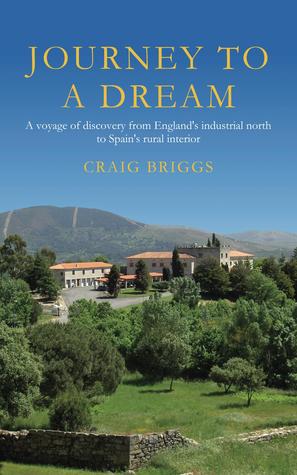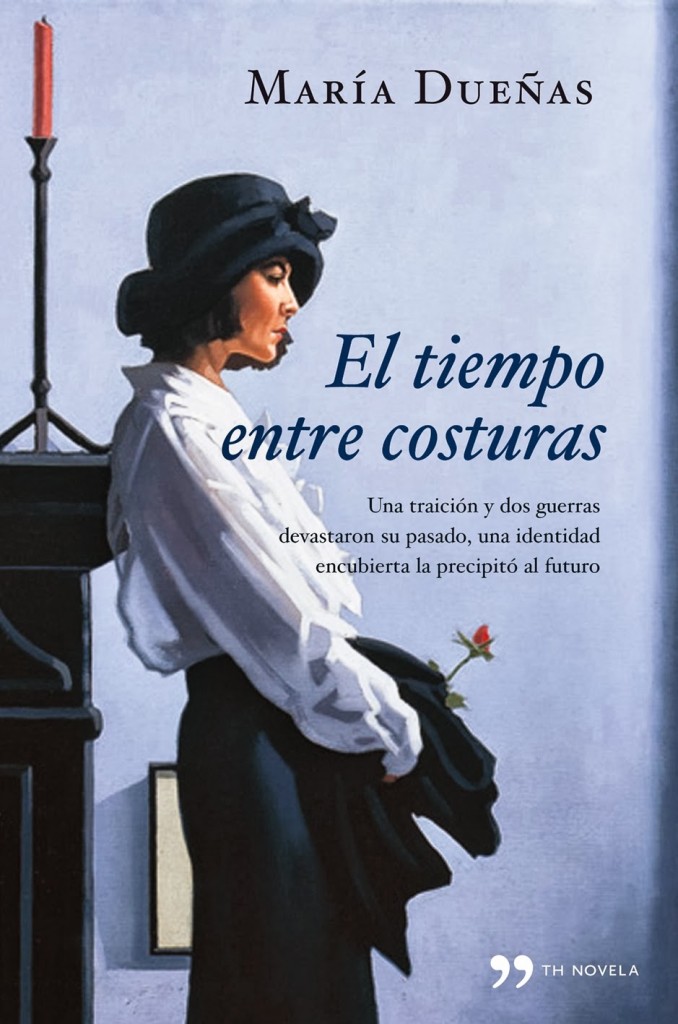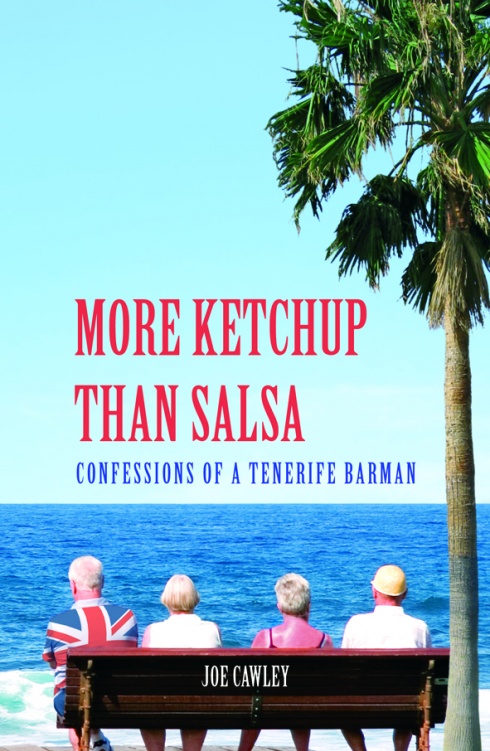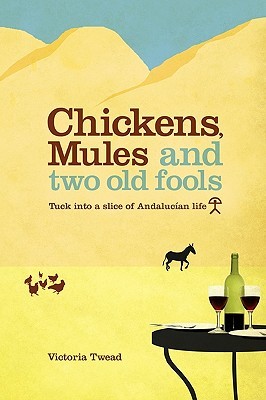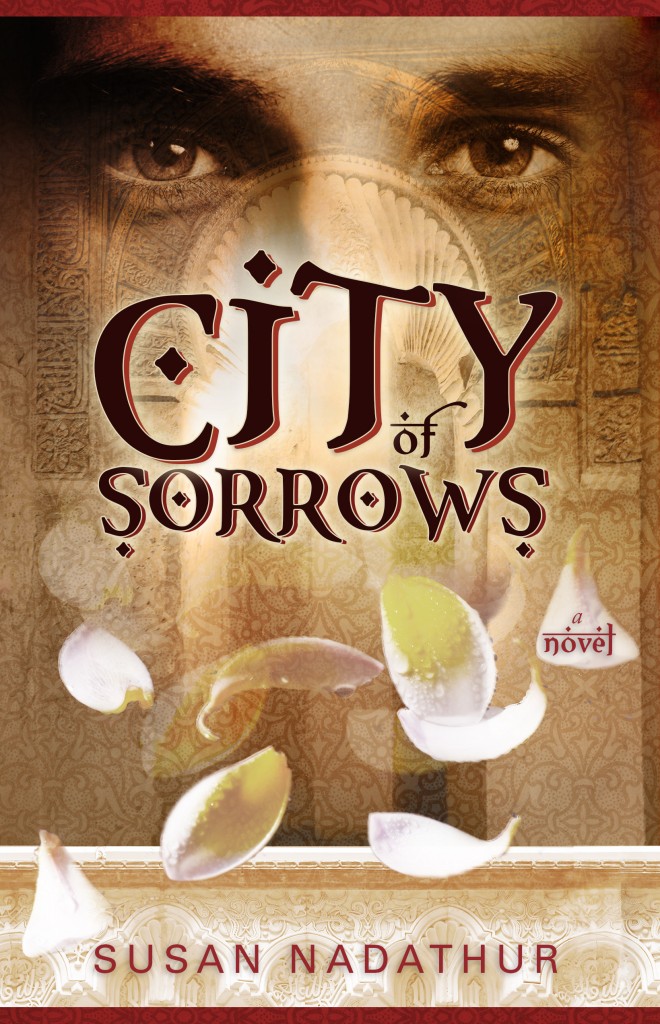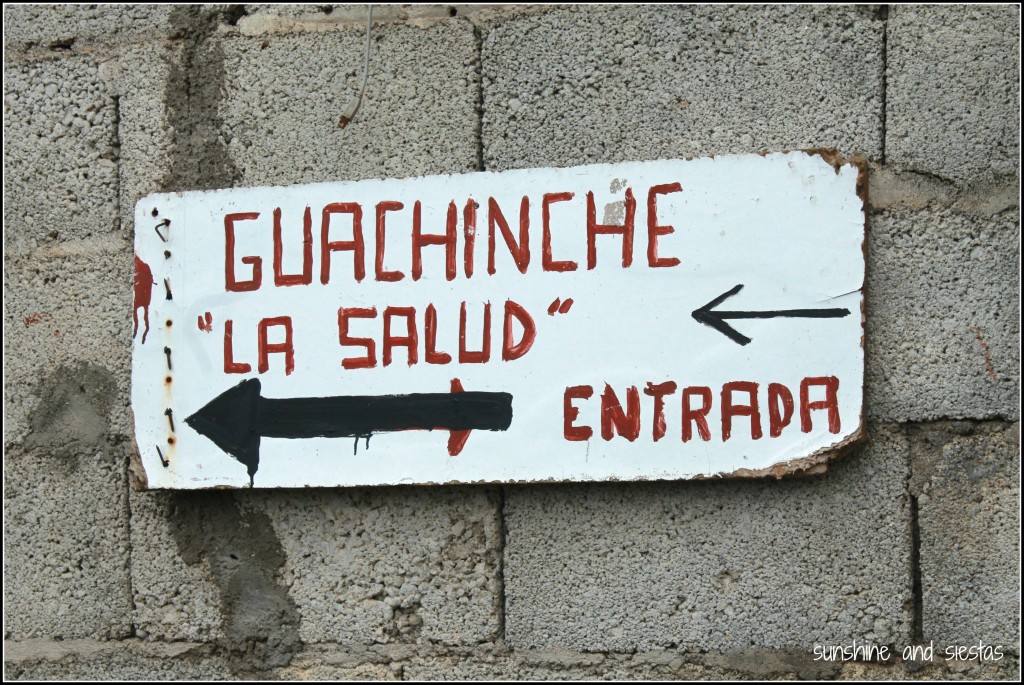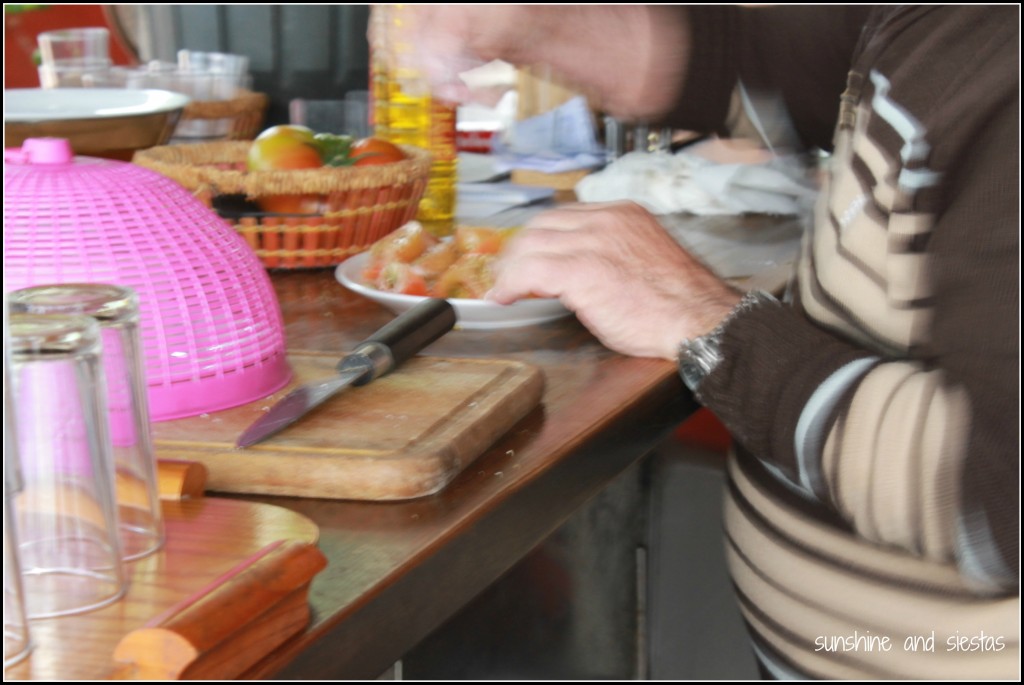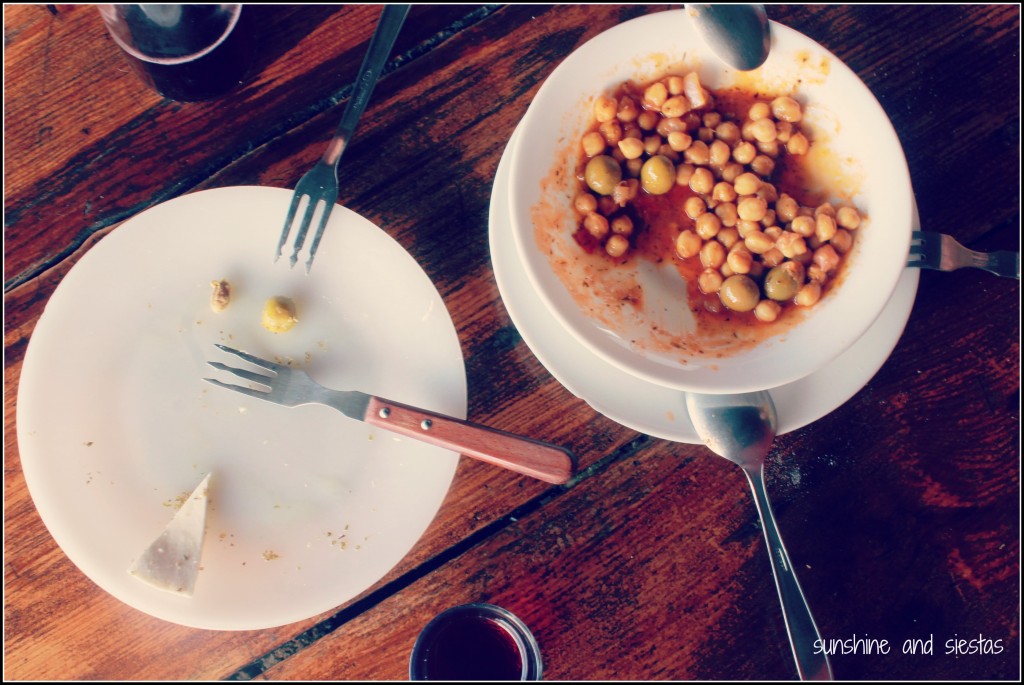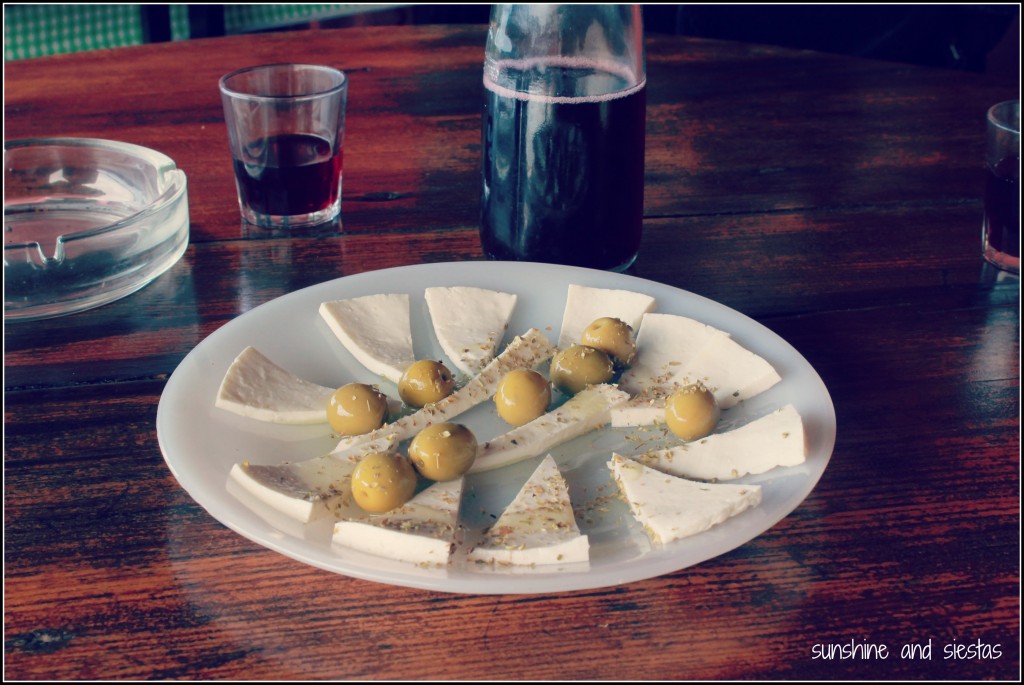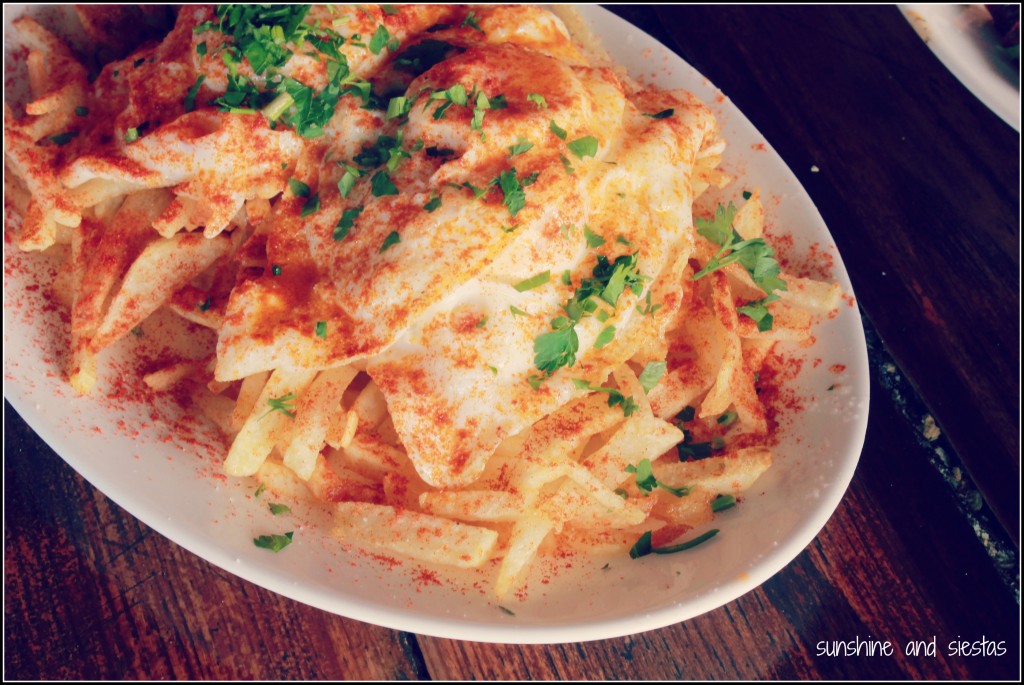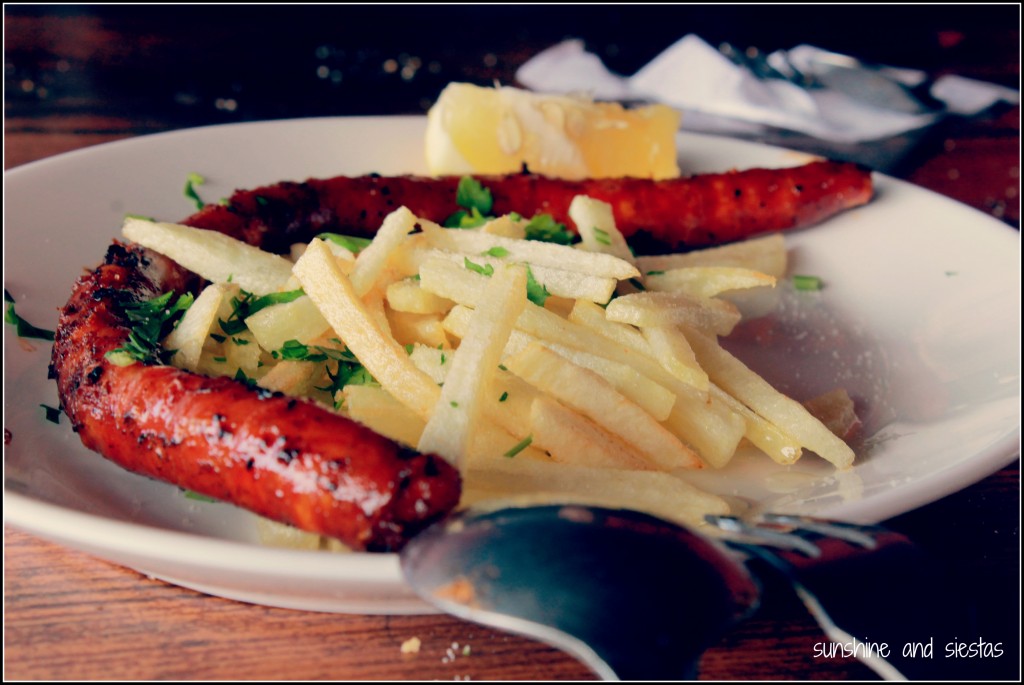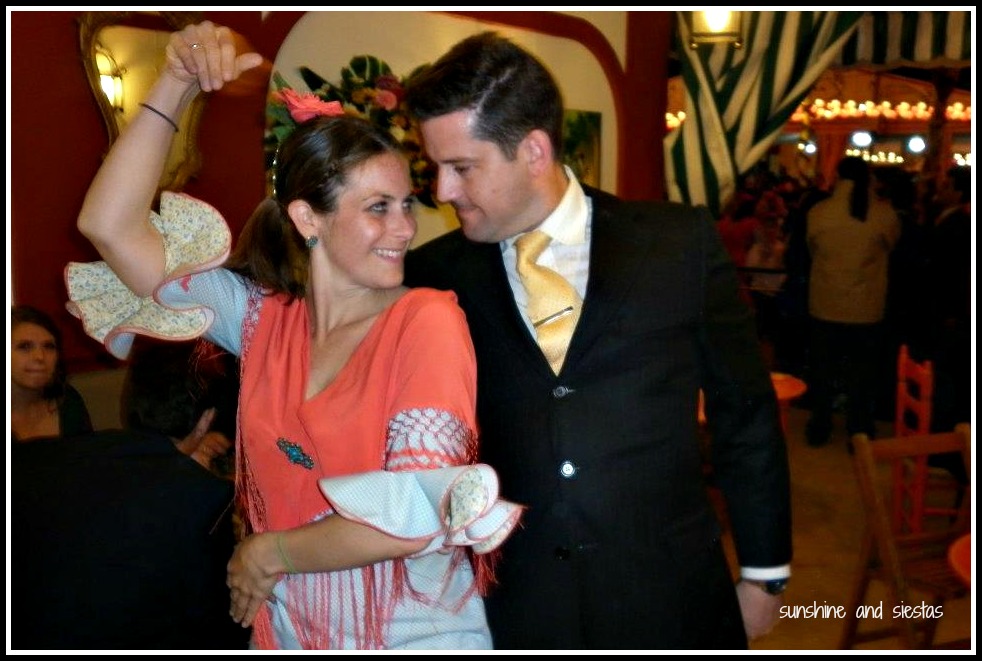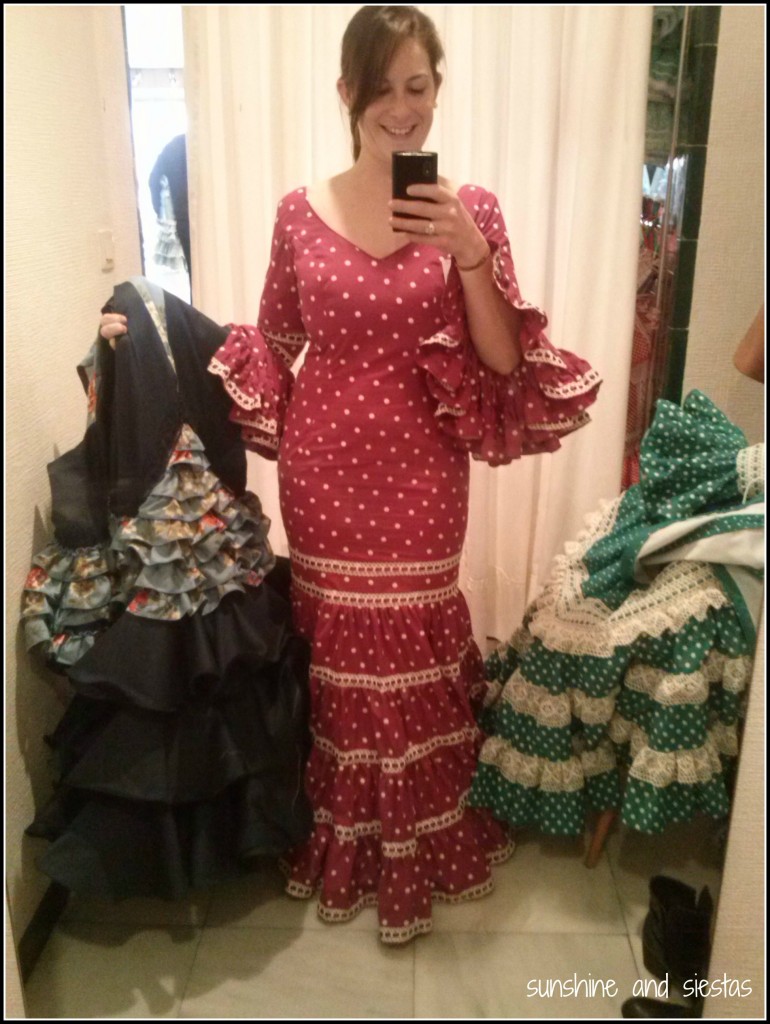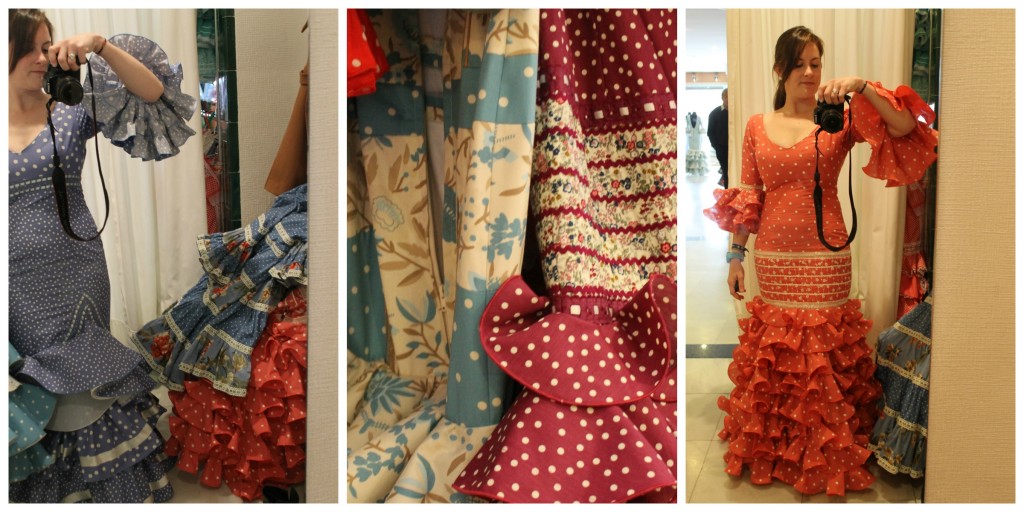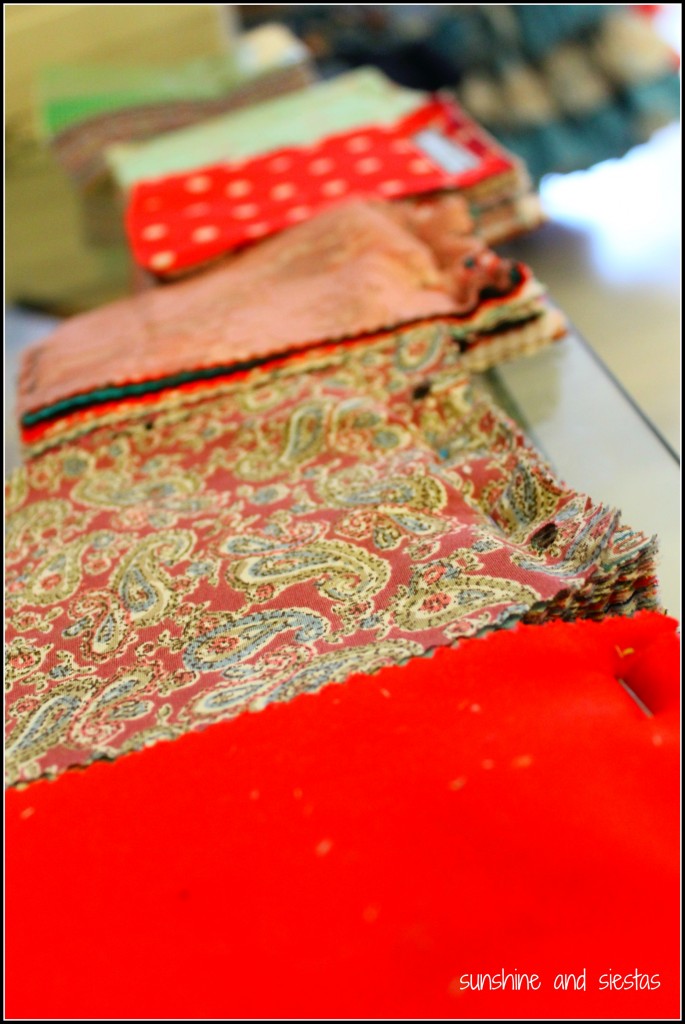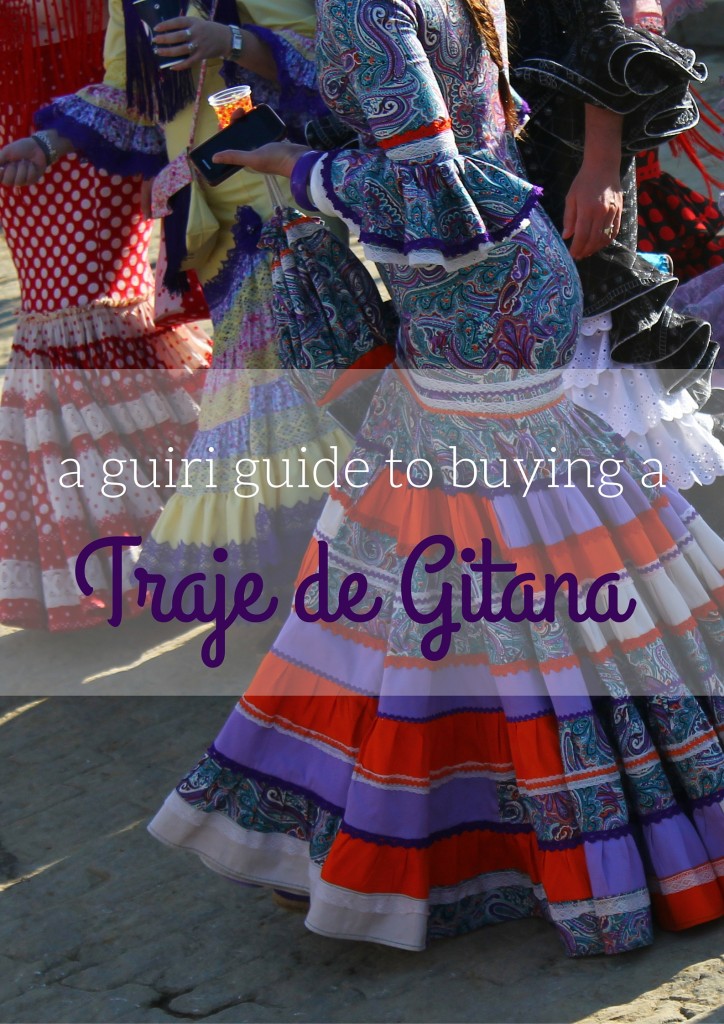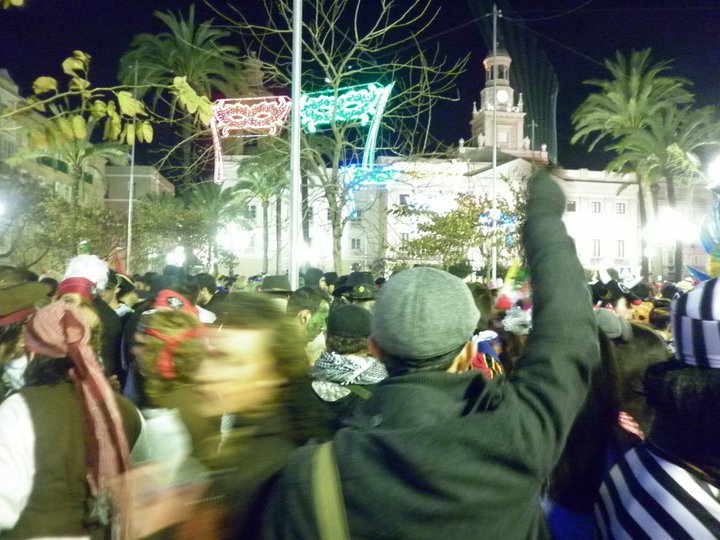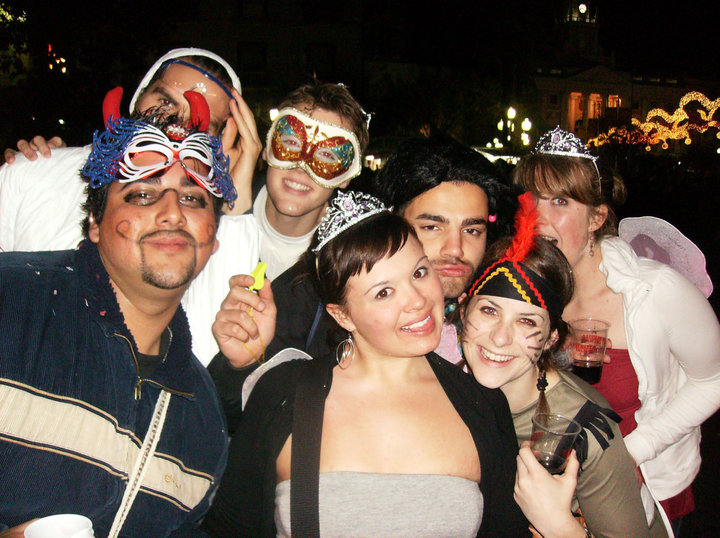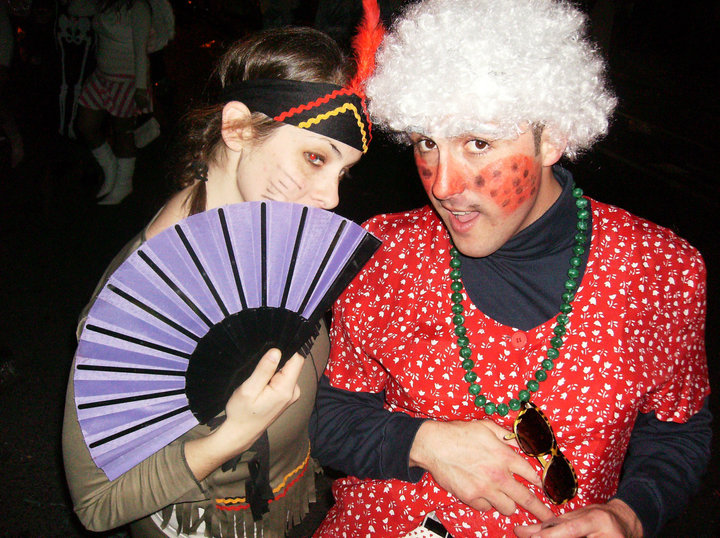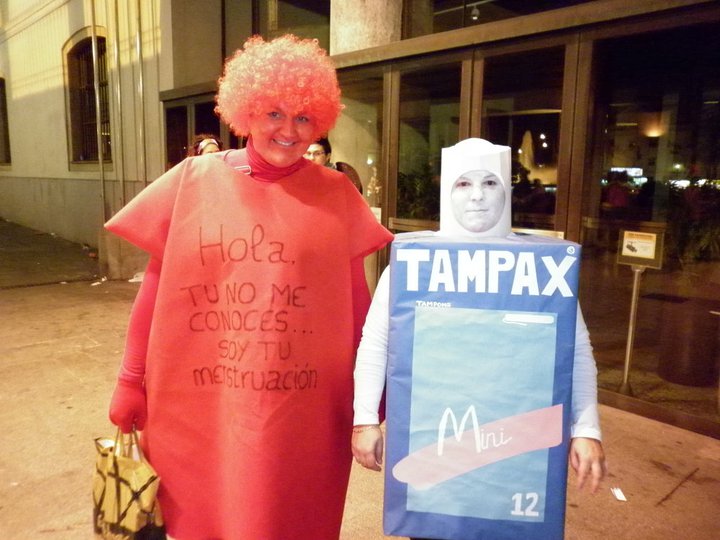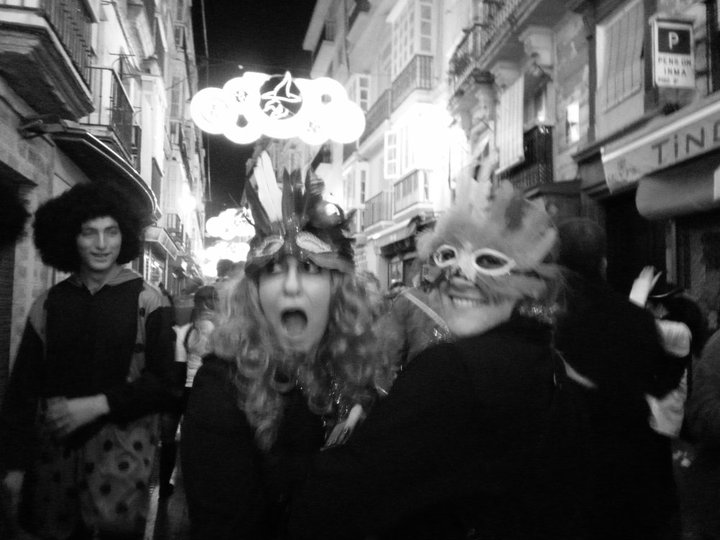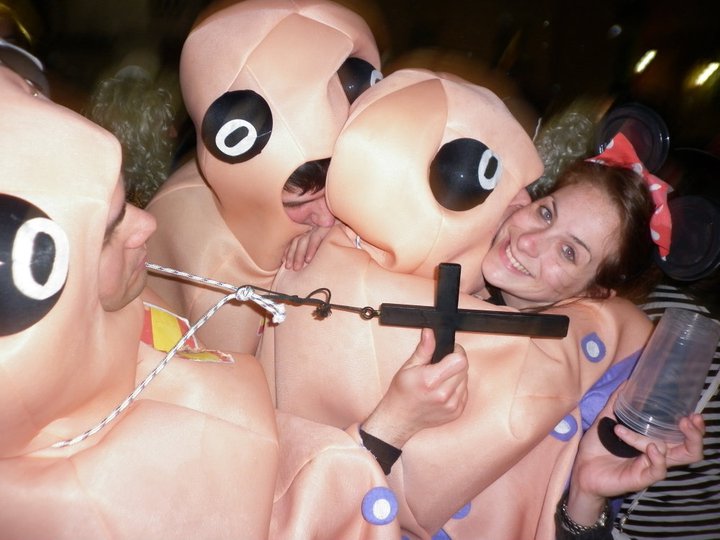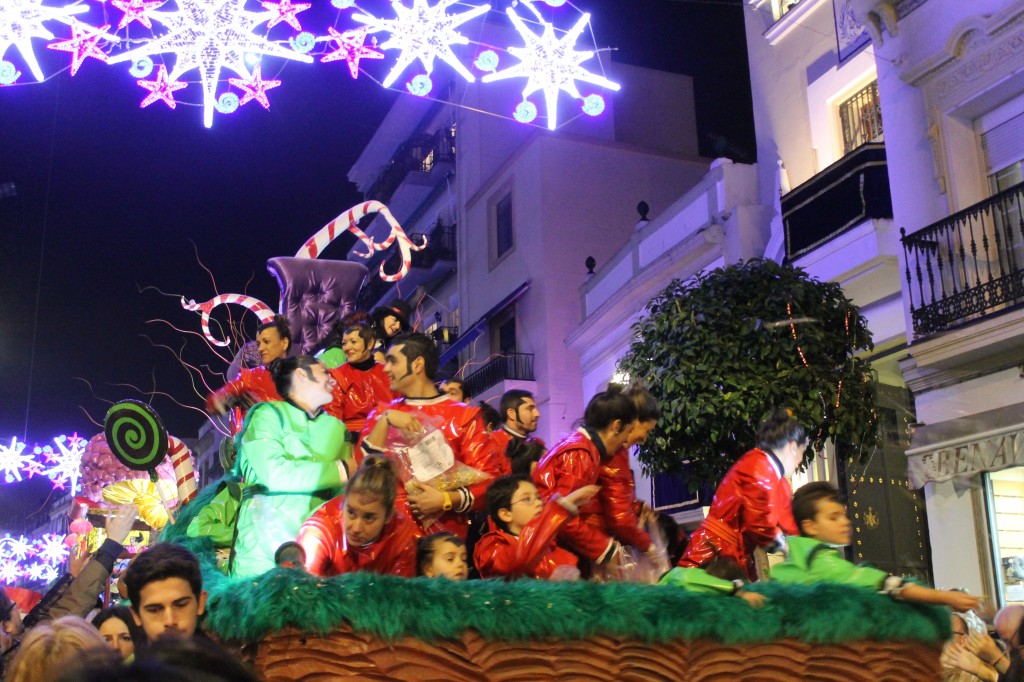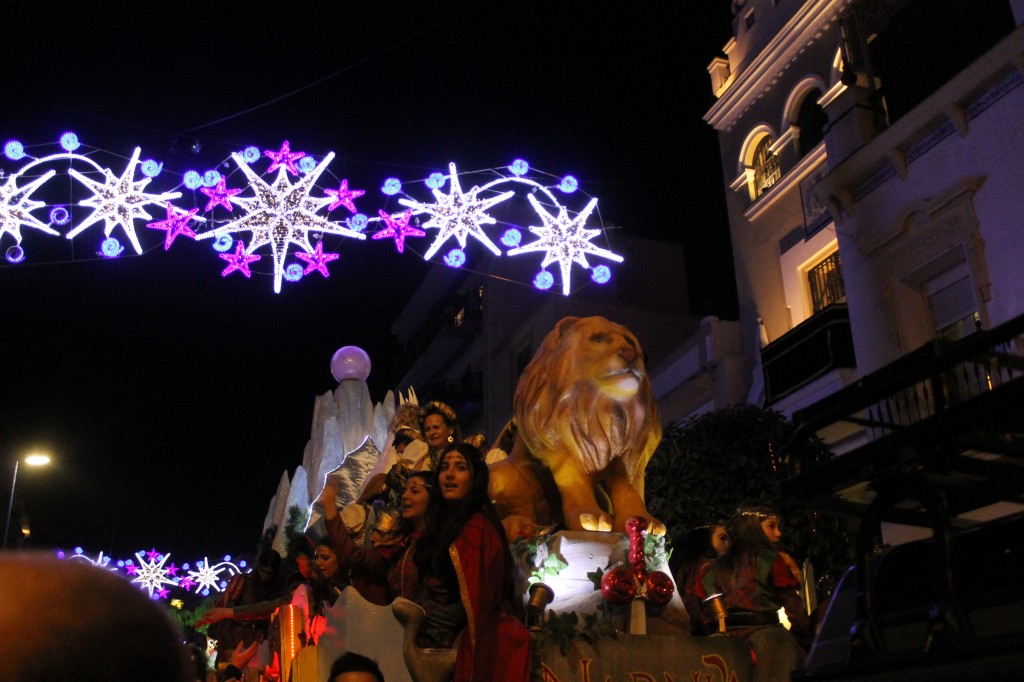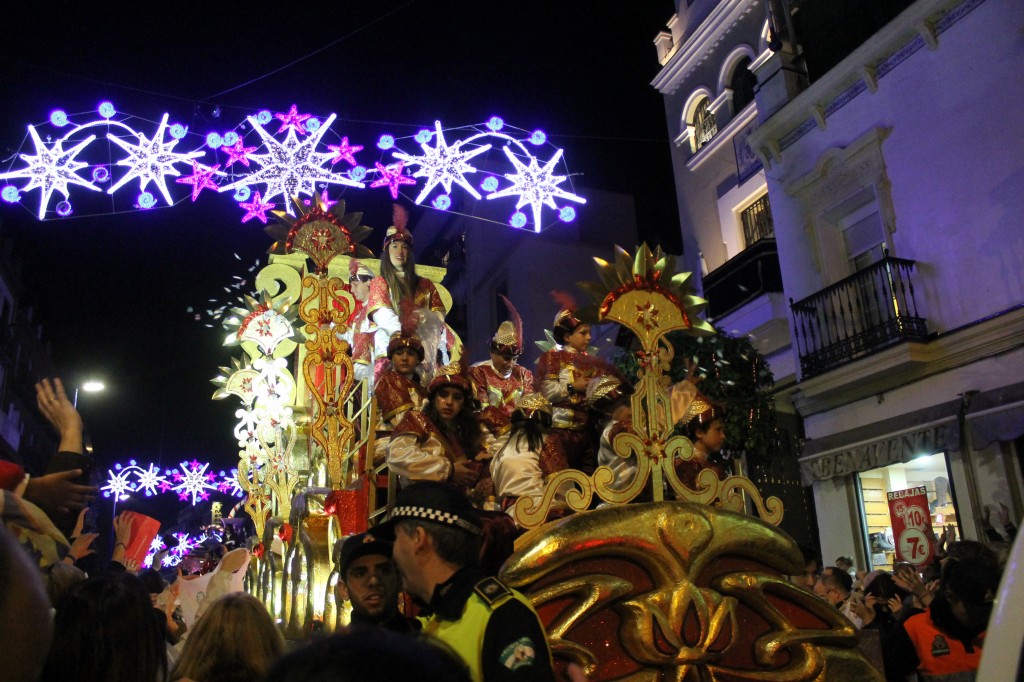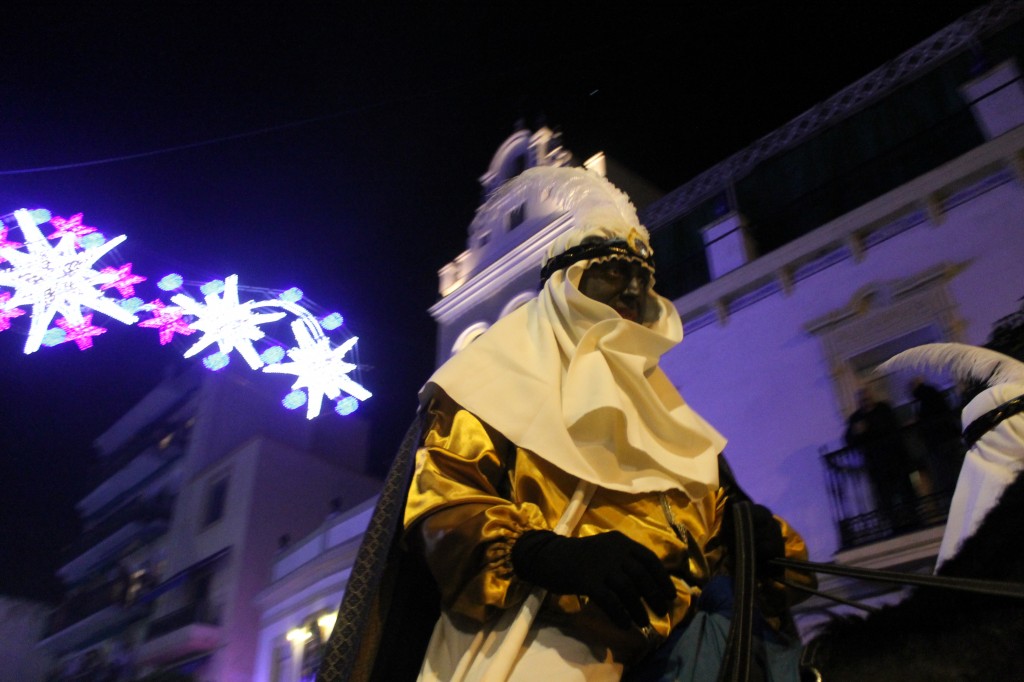Back when I was a floundering, wannabe guiri, I made two trips a week to my local library back home, checking out every book and DVD about Spain. Reading up on my future home made it easier to transition into the idiosyncrasies of daily life in Iberia – and it honestly helped me get on a plane when I had serious doubts about a year in Spain.
Nearly seven years on, my Kindle is stocked with travel memoirs and books on Spanish history.
Both Cervantes and Shakespeare, considered to be true purveyors of their languages, died on April 23rd, 1616. On the day when two literary greats perished, the UNESCO has declared this day, April 23rd, as International Book Day, giving me all the more reason to stock up on titles related to Spain.
April 23rd also commemorates the Feast of Saint Jordi, patron saint of Cataluña, whose legend has made him an early Don Juan: Saint George slayed a dragon to save a princess, from whose spilled blood grew a rosebush. Nowadays, women receive flowers, and they give their loved one a book. Screw the flowers – take note – and get me a book, too!
Today, I present you with seven more books I’ve read about Spain since last year’s list, or had previously left off the list:
Errant in Iberia, Ben Curtis
This is a book I really should have read before coming to Spain. Much like me, Curtis took a leap of faith and moved to Spain without much of a clue as to what he was doing (or speaking…or hearing). After finding a job and a Spanish girlfriend, the expat adventure begins.
This really sounds familiar.
Ben and his partner, Marina, explore the ins and outs of bicultural relationships, and are now the broadcasters behind Notes from Spain, which is a great way to practice your listening skills and learn a bit about Spain in the process.
Get it: Errant in Iberia paperback
Inside the Tortilla: A Journey in Search of Authenticity, Paul Read
I had the pleasure of meeting Paul, who goes by the alias of the Teapot Monk, during a bloggers meet-up in Málaga. As he talked about self-publishing several books and his want to break into the American market, I gleefully held up my Kindle and said, “JUST BOUGHT IT!”
In Inside the Tortilla, Read explores the deterioration of Spain’s moral conduct and the search for authentic Andalusia through the ingredients, preparation, layers and consumption of its most universal dish, the tortilla de patatas. Read is a seasoned expat who has lived all around Southern Spain, and his memoir is peppered with anecdotes of life in small-town Spain, long walks with his dog around the countryside and the frequent long meal that provokes questions like, What is tourism really doing to Spain’s cultural front?
I literally ate it up.
Get it: Inside the Tortilla paperback | Inside the Tortilla kindle version
Journey to a Dream, Craig Briggs
What immediately attracted me to this newcomer book was that it is set in Galicia, one my favorite regions in Spain. While most British expats choose to settle near the coast, Craig and his wife Melanie fall in love with the misty northwest corner (along with the wine). Joining lackadaisical real estate agent, the Briggs soon find that their dream house may actually ruin them.
The book is a delightful mix of expat pitfalls, cultural insight and laughable episodes as the family set to make a life in tierras gallegas.
Get it: Journey to a Dream paperback | Journey to a Dream kindle version
El Tiempo Entre Costuras, María Dueñas
I started this book nearly two years ago and have been savoring it ever since. This is the story of Sira, a young seamstress who flees Madrid on the brink of the Spanish Civil War with a man who soon abandons her in Tangiers. Unable to return home and in debt to those who helped her, Sira begins to sew garments for the cities well-to-do. The novel is heartbreaking, but paints a beautiful picture of Morocco, as well as Spain in one of its most tumultuous and fascinating times.
El Tiempo Entre Costuras has received a slew of critical acclaim, and it’s worth the hype – I can’t remember a book more beautifully written, and the Spanish prose rivals some of the greats. The book was also turned into a miniseries earlier this year.
Get it: El Tiempo Entre Costuras in Spanish | El Tiempo Entre Costuras in English
More Ketchup than Salsa, Joe Cawley
Joe Cawley’s book on setting up – or rather, saving – a restaurant and bar in the Canary Islands is a hoot, especially when you understand the bureaucratic mess that is Spain, the existence of Spanish mafia and those oh-so-reliable handymen who never seem to get the message. The read is light and humorous, it’s really a labor of love between a man, a bar, and a dream he refuses to let go of.
Cawley has published several other books in the series, as well.
Get it: More Ketchup than Salsa paperback | More Ketchup than Salsa kindle version
Chicken, Mules and Two Old Fools, Victoria Twead
The first in a line of successful books on expat life in Spain, Victoria and her husband Joe leave Southern England to settle in a ruined farmhouse in Southern Spain.
Like Journey to a Dream, the Tweads’s transition into building permits and Spanish culture isn’t an easy one, but the book is laugh-out-loud funny, and if you’ve lived in Andalusia, you’ll likely be nodding right along with the plot and the mishaps that seem to plague them!
Get it: Chickens, Mules and Two Old Fools paperback | Chickens, Mules and Two Old Fools kindle version
City of Sorrows, Susan Nadathur
This fictional look at the plight and marginalization of the gypsy population in Seville was based on author Nadathur’s own experience living in Las Tres Mil Viviendas, a gypsy enclave near my house. In her debut novel, Nadathur weaves together the lives of gitanos, sevillanos and foreigners who seek an understanding in the wake of an accidental death.
I interviewed Nadathur about her experience in Las 3000, the process of writing and how her upbringing led her to a career as an author early on SandS.
Get it: City of Sorrows paperback | City of Sorrows kindle version
I’ve got several books in my Kindle queue, mostly on expats in India, but I’m looking forward to living my Camino moments with I’m Off, Then: Losing and Finding Myself on the Camino de Santiago.
What are you favorite books about Spain or set in Spain? Interested in last year’s list? You can find it here.

